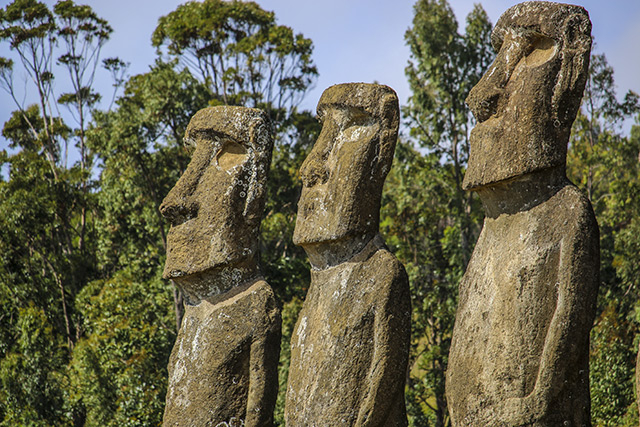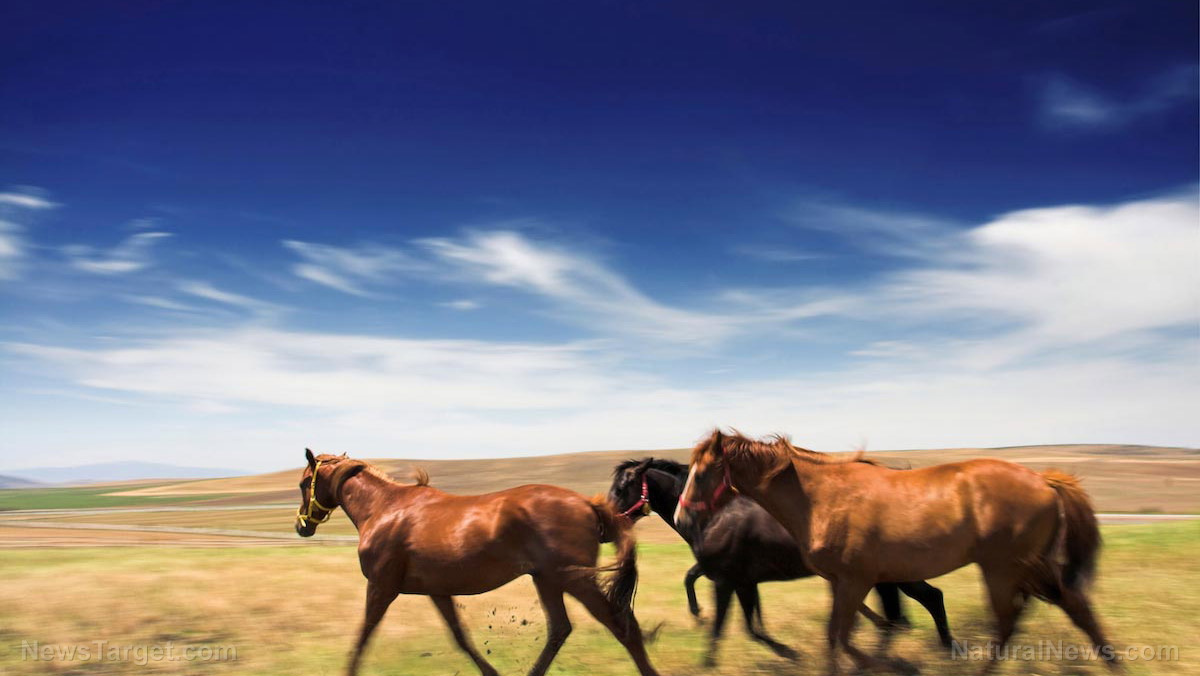
In order to debunk this misconception, Lipo and his team examined human, faunal, and botanical specimen taken from the archaeological sites Anakena and Ahu Tepeu on Rapa Nui. The remains date back from c. 1400 AD to the historic period. The research team then conducted bulk carbon and nitrogen isotope analyses as well as amino acid compound specific isotope analyses to examine the collagen isolated from prehistoric human and faunal bone.
The analyses were meant to evaluate how the ancient civilization used marine and terrestrial resources. The same processes were carried out on archaeological and modern botanical and marine samples in order to determine the area's local environment.
Series of analyses refute previous claims of habitat destruction
The series of carbon and nitrogen analyses revealed that marine resources were accounted for about 50 percent of the protein in human diets. The rate was significantly higher than previous estimates. This also meant that ancient Rapa Nui people have been fishing for longer periods than previously thought. In addition, the research team found that the food they used to cultivate on land came from modified, enriched soil and were more productive than previous estimates. According to the research team, this demonstrates that the people understood how to fertilize the land.
The findings demonstrate that ancient Easter Island people had wide knowledge of improving poor soil fertility, promoting environmental conditions, and creating a sustainable food supply, the research team noted. They also stressed that the activities suggest a certain degree of adaptability and resilience among the ancient inhabitants, debunking a long held notion of ecocide. While the eventual collapse of Rapa Nui civilization serves as a precautionary tale on the effects of environmental destruction, these people should not be dismissed as reckless and careless, the researchers added.
"The Rapa Nui people were, not surprisingly, smart about how they used their resources. And all the misunderstanding comes from our preconceptions about what subsistence should look like...And it didn't look like what they thought, so they assumed something bad had happened...It continues to support the new narrative that we've been finding for the past ten years," Professor Lipo said in a separate article on the Science Daily website.
Sources include:
Please contact us for more information.























